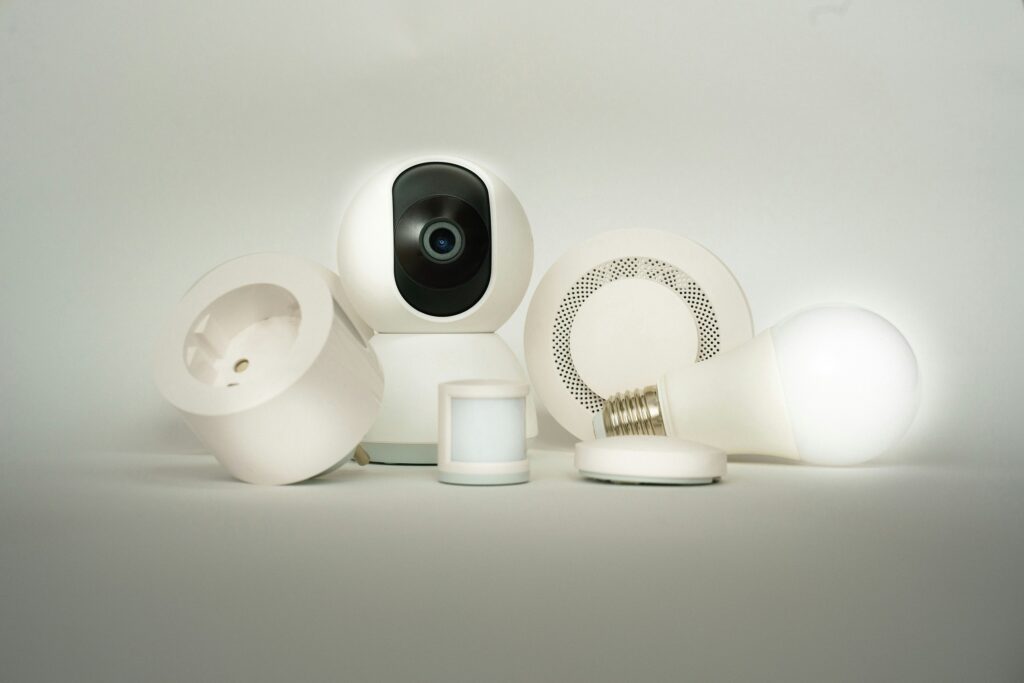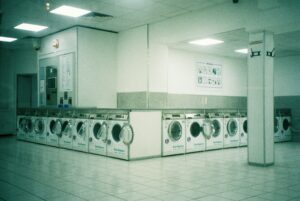Imagine a world where your morning coffee is brewed by a robot, your pets are fed by a smart dispenser, and your entire home is controlled by your voice. Welcome to the age of smart home technology, where convenience and connectivity reign supreme.
According to a recent study by Statista, the global smart home market is projected to reach $135 billion by 2025, a testament to the growing popularity of these innovative devices. With the rise of smart speakers, thermostats, security cameras, and more, it seems like there is no limit to what these gadgets can do.
But amidst all the convenience lies a pressing question: are smart homes really secure? Cybersecurity experts have raised concerns about the vulnerability of these connected devices, warning that hackers could potentially gain access to personal information or even control the home itself.
Despite these risks, the trend towards smart homes shows no signs of slowing down. Consumers are increasingly drawn to the idea of a fully automated living space, where everyday tasks can be simplified with just a voice command.
As we navigate this brave new world of interconnected devices, it is crucial for both consumers and companies to prioritize security measures and stay vigilant against potential threats. The future of smart homes is undeniably exciting, but ensuring its safety will be key to harnessing its full potential.



